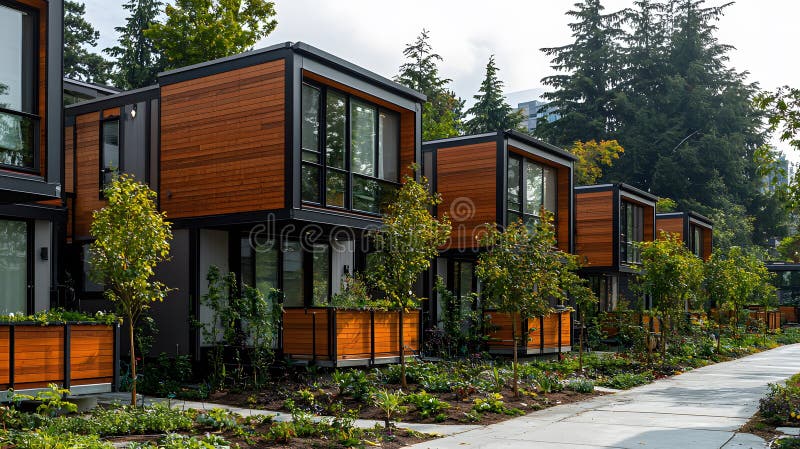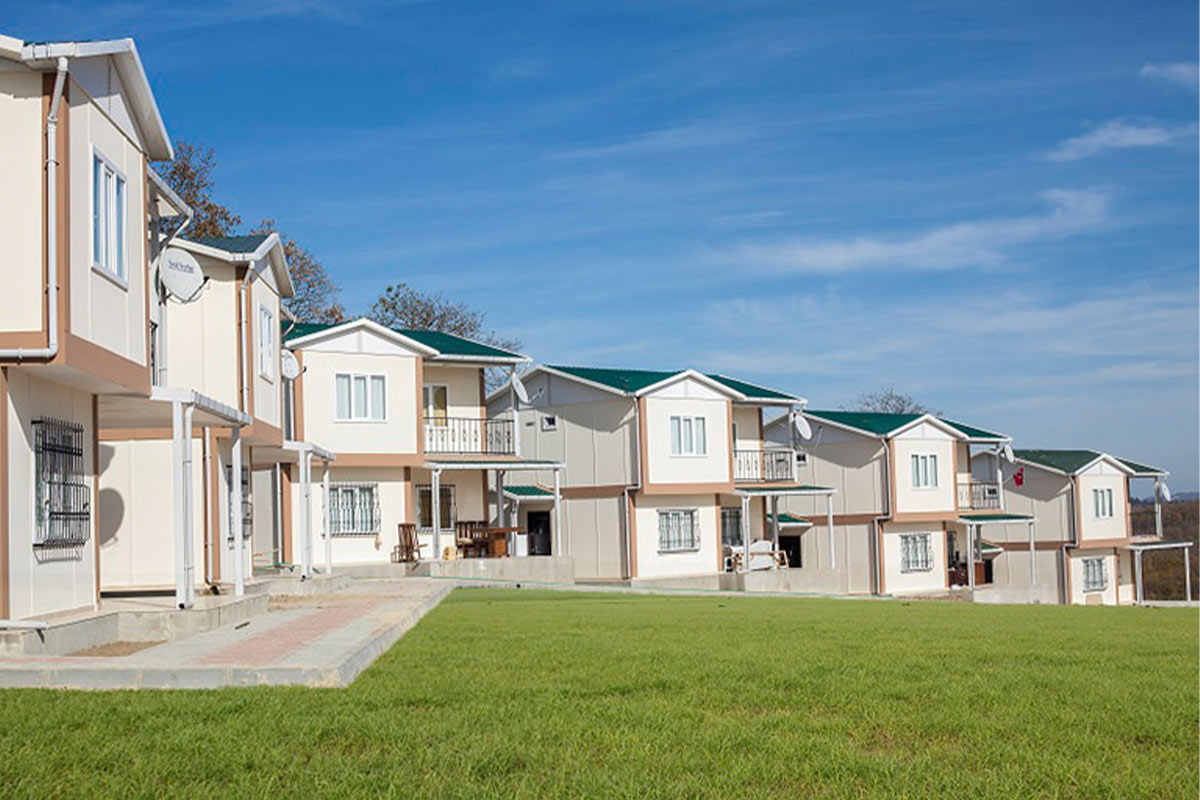
Multi-family modular buildings: Future of Urban Housing
The concept of multi-family modular buildings is increasingly becoming a hot topic in the realm of urban development. With rapid urbanization, the need for efficient, sustainable, and scalable housing solutions has never been more imperative. This is where modular construction comes into play.

What are Multi-family Modular Buildings?
Multi-family modular buildings refer to structures intended for housing multiple families, typically constructed using modular techniques. These buildings are assembled from factory-produced modules that are transported and put together on site. The modular approach allows for faster construction times and reduced waste.
Benefits of Modular Housing
One of the primary advantages of modular housing is its ability to significantly speed up the building process. With parts being pre-fabricated in factories while the site is simultaneously prepared, construction time can be cut in half. Furthermore, this method is environmentally friendly as it minimizes construction waste and often uses sustainable materials. Find [more insights on modular housing benefits](https://www.nahb.org/other/consumer-resources/types-of-home-construction/modular-building-systems) from a trusted source.
Economic Impact
The adoption of multi-family modular buildings has a positive economic impact. Builders can save money through reduced labor costs and shorter build times. For example, disaster relief modular homes provide cost-effective solutions to housing crises.
Urban Challenges and Solutions
With cities growing at unprecedented rates, traditional construction cannot keep up with the demand for housing. Multi-family modular buildings offer a solution by delivering large-scale housing quickly and efficiently. Learn how urban modular housing is addressing this challenge.
Design Flexibility
Contrary to popular belief, modular buildings are not standardized blocks. Modern techniques allow for significant design flexibility, making these buildings adaptable to various aesthetic and functional preferences.
Environmental Sustainability
Environmental considerations are at the forefront of modern construction. By their nature, modular buildings reduce waste and often employ sustainable materials, significantly reducing the carbon footprint of new developments.
Case Studies
Numerous cities worldwide are embracing modular construction. For example, student housing projects utilize modular techniques to meet growing demands efficiently. Check out more about student housing innovations.
Future Prospects
The future of multi-family modular buildings looks promising. As technology advances, the cost will continue to decrease while the efficiency and aesthetics improve. Sustainable cities are increasingly relying on modular construction to meet their growing needs.
Challenges Faced
Despite its benefits, the adoption of modular construction faces challenges such as regulatory hurdles and market acceptance. Yet, as awareness grows, these challenges are steadily being addressed.
Conclusion
In conclusion, multi-family modular buildings offer a viable solution to the growing urban housing crisis. They are efficient, sustainable, and adaptable, shaping the future of urban living.

FAQs
Why are multi-family modular buildings important? They offer a quick, sustainable solution to urban housing needs.
How do modular buildings promote sustainability? By using fewer resources and generating less waste during construction.
Can modular buildings be aesthetically pleasing? Yes, modern modular designs offer considerable flexibility and customization options.
This article contains affiliate links. We may earn a commission at no extra cost to you.